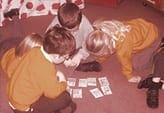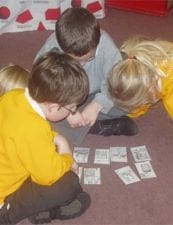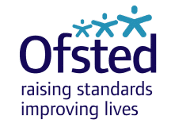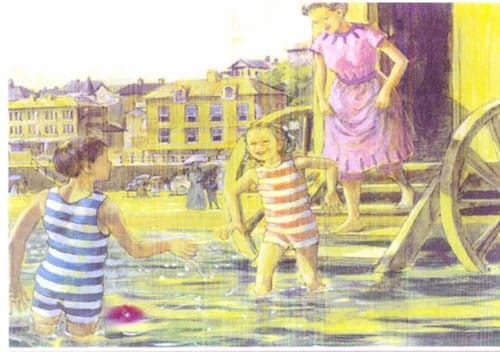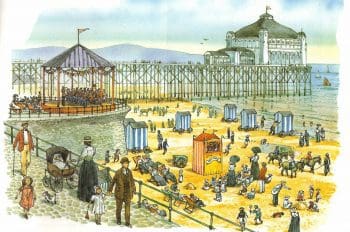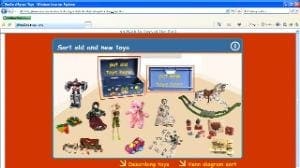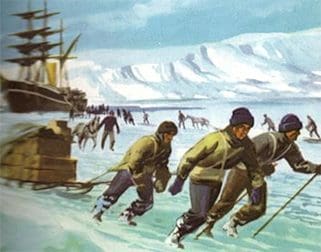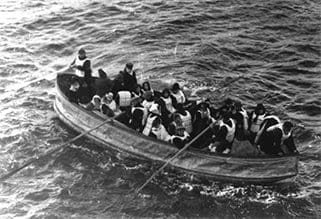
In this problem-solving activity, pupils have to speculate, using a stimulus image and then evaluate a range of given reasons based on their plausibility, placing them on a spectrum.
To demonstrate their understanding pupils complete 3 speech bubbles giving the most important reasons coming from the mouths of members of the investigating commission enquiry looking into the disaster.
Learning objectives
- children speculate as to possible reasons
- Thy are able to make simple deductions from visual clues
- They learn to evaluate a range of reasons exercising judgement about the plausibility of each
Step 1
Pupils work in pairs, drawing on their prior knowledge to come up with three plausible reasons as to why there were relatively few survivors, given that it was a new ship. They may come up with the idea of too few lifeboats/lifejackets or they couldn’t be rescued in time.
Step 2
Expand their thinking by giving them

